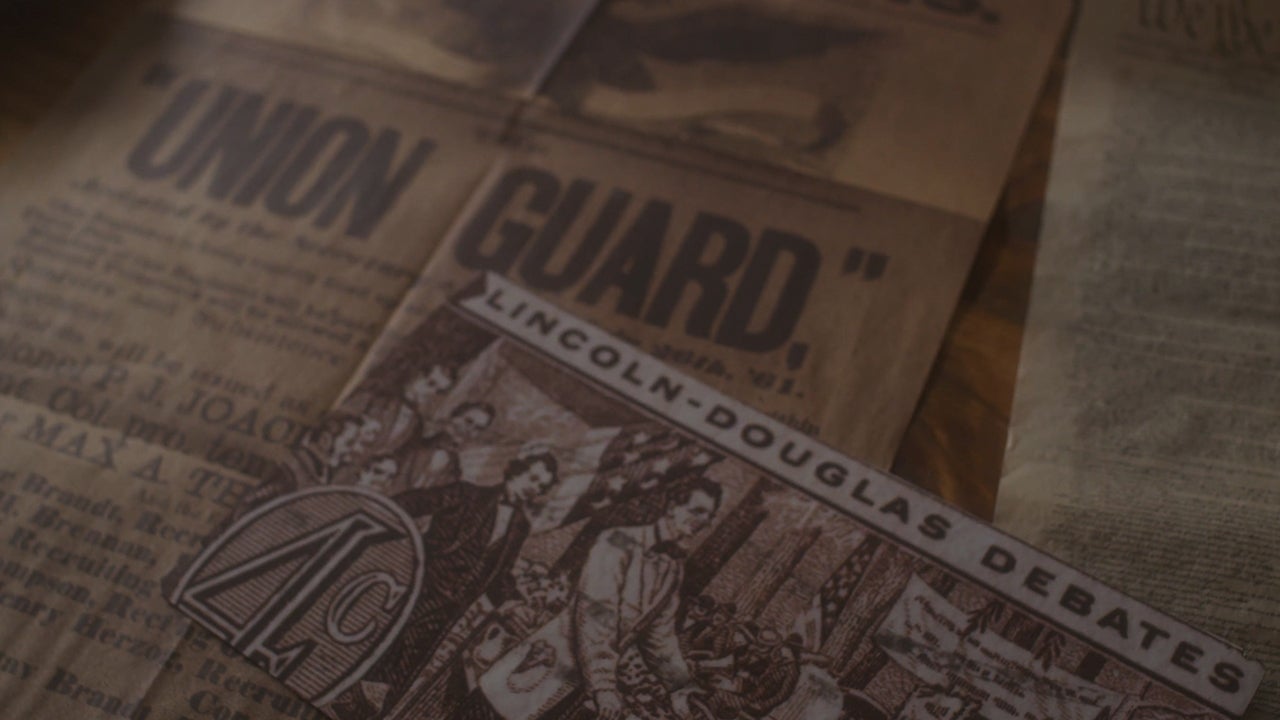
Politics
Civil Rights in American History
9 lessons
6h total length
Create Your Account to Get Instant Access to “Civil Rights in American History”
Learn the true history of civil rights in America.
Lessons in this course

21:34
lesson 1
Why Civil Rights Matter
America was founded with the understanding that the purpose of government is to secure the unalienable rights of “Life, Liberty, and the pursuit of Happiness.” Civil rights, in turn, are derived from and serve to protect the natural rights of all American citizens.

35:26
lesson 2
Civil Rights and the American Founding
Civil rights can be divided into two main categories: substantive and procedural. Substantive rights—such as freedom of speech, religion, and assembly—are drawn directly from the law of nature; and, procedural rights—such as the right to trial by jury—are established by society as a means to secure substantive rights.

34:54
lesson 3
The Ideology of Slavery
Slavery was as a thorough-going rejection of the founders’ understanding of natural and civil rights, and served as a corrosive force that undermined the freedom and character of everything it touched. Abraham Lincoln and Frederick Douglass argued that the best way to overcome slavery, and to secure liberty and justice for the freed slaves, was a return to the principles of the Declaration and the Constitution.

23:35
lesson 4
The First Civil Rights Act and the Fourteenth Amendment
After the Civil War, Republicans in Congress faced the challenging task of restoring the Union and protecting the rights of the newly emancipated former slaves. Opposition to the Civil Rights Act of 1866 and the threat of its repeal once the former Confederate states were readmitted to the Union prompted moderate Republicans to enshrine the provisions of this first civil rights act in the Fourteenth Amendment.

25:05
lesson 5
Reconstruction, Segregation, and Disenfranchisement
Reconstruction ended after the disputed election of 1876. This initiated an era of divided government in which the protections of the rights of black people secured during Reconstruction were eroded and gradually replaced by systems of segregation and disenfranchisement.

36:00
lesson 6
Industrial Education or Talented Tenth?: Booker T. Washington and W.E.B. Du Bois
Booker T. Washington and W.E.B. Du Bois, the two most important black leaders at the beginning of the twentieth century, offered competing views regarding the best means to secure justice and equality in America. Whereas Washington sought to elevate black Americans through an industrial education oriented towards the attainment of the necessities of daily life, Du Bois emphasized the development of a distinct black culture by a group of well-educated and accomplished black Americans.

34:11
lesson 7
The Beloved Community or Black Separatism?: Martin Luther King, Jr. and Malcolm X
The Civil Rights Act of 1964 and the Voting Rights Act of 1965 represent two of the most important achievements of the civil rights movement in America. Despite these achievements, Americans were split regarding the best tactics for ensuring the protection of civil and political rights for black Americans. While Martin Luther King, Jr. preached non-violent direct action and racial reconciliation, Malcolm X rejected American politics and advocated black separatism.

24:50
lesson 8
The Civil Rights Act of 1964 and the Rise of Affirmative Action
The understanding of civil rights in America has been transformed fundamentally since Congress passed the Civil Rights Act of 1964. The view that every individual has a right to equal treatment under the law has been replaced by a system of affirmative action that demands race be taken into account in the pursuit of equal group outcomes.

27:55
lesson 9
Identity Politics Today
Identity politics holds that America is fundamentally and irredeemably racist. This ideology, which has become dominant in American public life, requires discrimination in order to elevate and privilege the identities of the oppressed.
Watch the course trailer
Enroll in "Civil Rights in American History" by clicking the button below.
What Current Students Are Saying
Takes the student through the full context of the course subject matter. Wonderful insight into how we strayed and its consequences and offers a solution.
Create your FREE account today!
All you need to access our courses and start learning today is your email address.